The transition from Intel processors to Apple's own Silicon solution was a great success. After all, Apple has managed to raise its computers to a whole new level and deal with a number of previous problems, which primarily revolved around weaker performance and overheating. By deciding to switch to its own platform, the giant literally saved the entire Mac product line. This is evident, for example, from sales analyses. According to available data, sales of computers and laptops are falling noticeably - only Apple was the only seller to experience a year-on-year increase.
It could be interest you
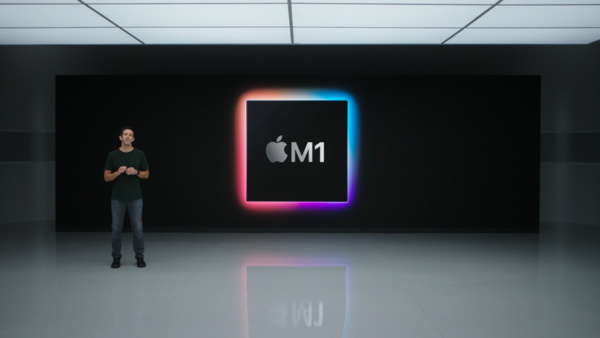
But this does not mean that Macs, which are equipped with chips from the Apple Silicon family, are a complete salvation and do not face even the slightest problem. For example, developers must also prepare all their applications for macOS (Apple Silicon) so that their software can run as well as possible. On the other hand, this can be circumvented by translating through the native Rosetta 2 tool, but in this case the translation will take up some of the performance, which can affect the overall performance of the device. In addition, the new Macs did not even escape the mentioned overheating problems, which literally shock many apple lovers, because they do not make much sense.
Overheating MacBooks with Apple Silicon
MacBooks with Apple Silicon chips mainly struggle with overheating. However, it is necessary to put it into perspective. Overheating, which we might have been used to from older models with an Intel processor, is not quite here. But as soon as we start more demanding operations on the Mac, which are in a way beyond its capabilities, then overheating does not escape us. This applies mainly to the MacBook Air with M1 (2020) and the new additions in the form of the 13″ MacBook Pro with M2 (2022) and the redesigned MacBook Air with M2 (2022). It's more or less understandable for the Air models. These laptops do not have active cooling in the form of a fan.
However, problems also appeared with the newer generation, which is supposed to be not only more powerful, but also more efficient. A number of technologically oriented YouTubers also shed light on the whole issue, who also took apart specific Macs and tried to come up with an effective solution. Quite surprising results were even achieved twice by the Max Tech channel, which was able to solve the overheating problems of the MacBook Air with M1 and M2. In both cases, he got by with heat-conducting pads (thermal pads). These are precisely designed to be able to absorb heat and safely dispose of it, making it significantly lighter on specific components and preventing the proverbial overheating problems.
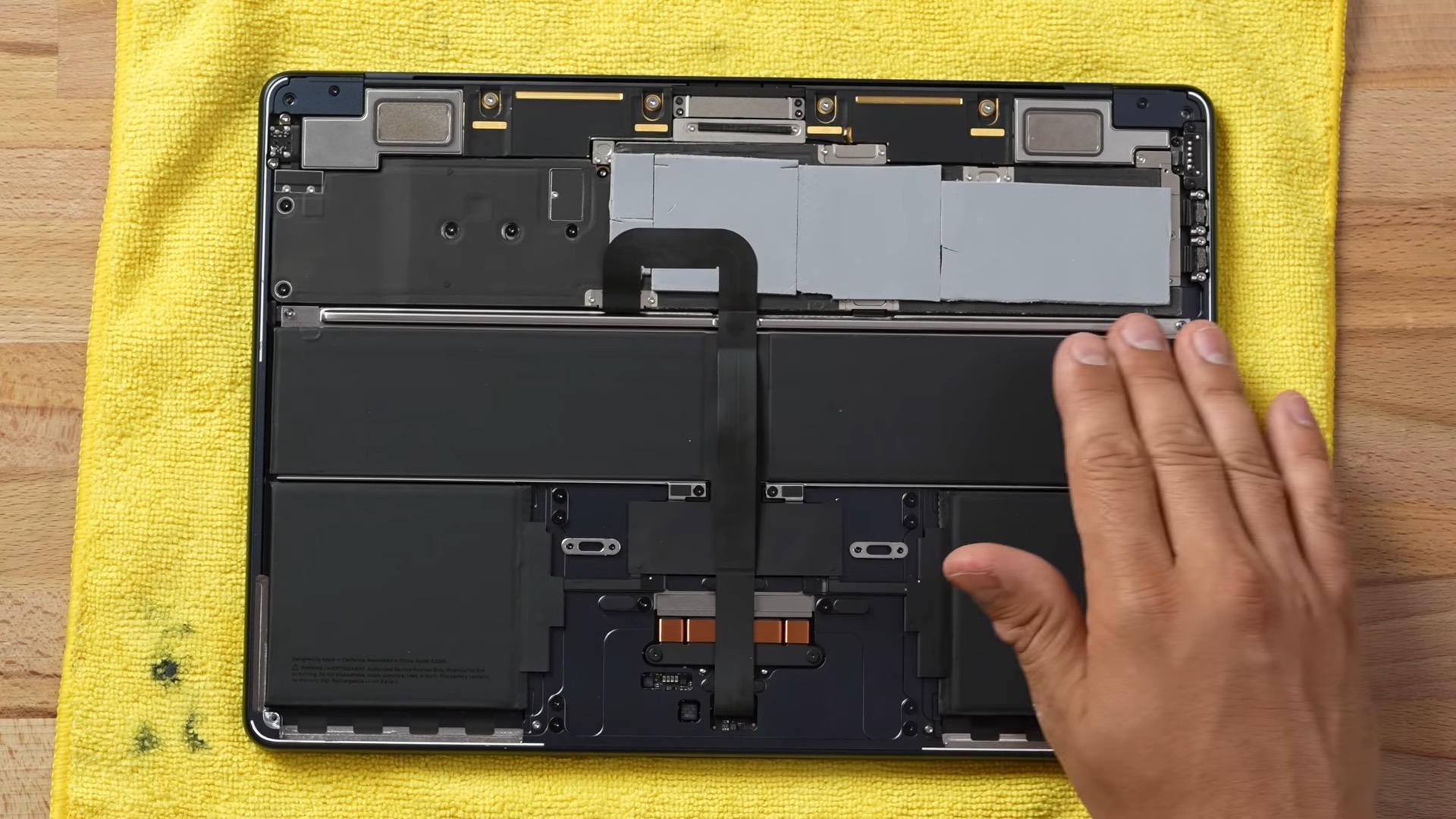
The biggest surprise, however, is that these heat-conducting items cost literally a few hundred. The YouTuber from the channel Max Tech specifically relied on pads from the Thermalright brand, for which he paid about 15 dollars (about 360 crowns). And that's exactly what his solution is all about - just reach for the thermal pads, open the MacBook, stick them in the right place and voilà, overheating problems are a thing of the past. Thanks to this, the M2 chipset in the new Air was also able to offer even better performance.
How Apple solves problems
Unfortunately, Apple does not address these specific issues. It relies on users not getting into these situations, or avoiding them. But when you think about how little it would take to improve the performance and efficiency of newer laptops with Apple Silicon chips, it's rather strange that the apple company hasn't resorted to something like this yet. But this does not mean that the user cannot solve it himself. But there is also a small catch. Once you reach into the guts of your Mac, you risk damaging it and voiding your warranty.
It could be interest you
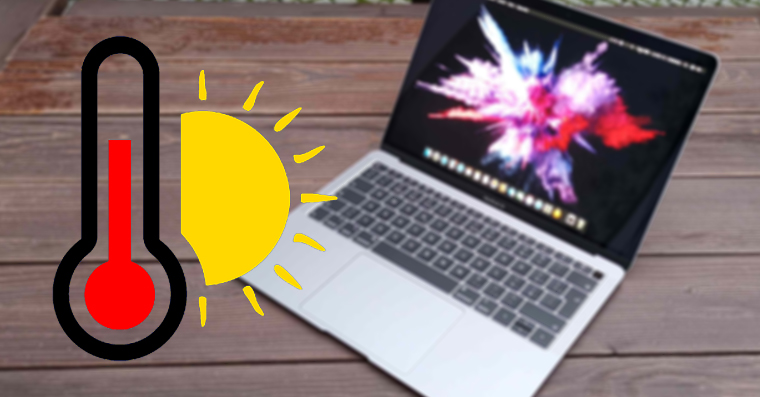

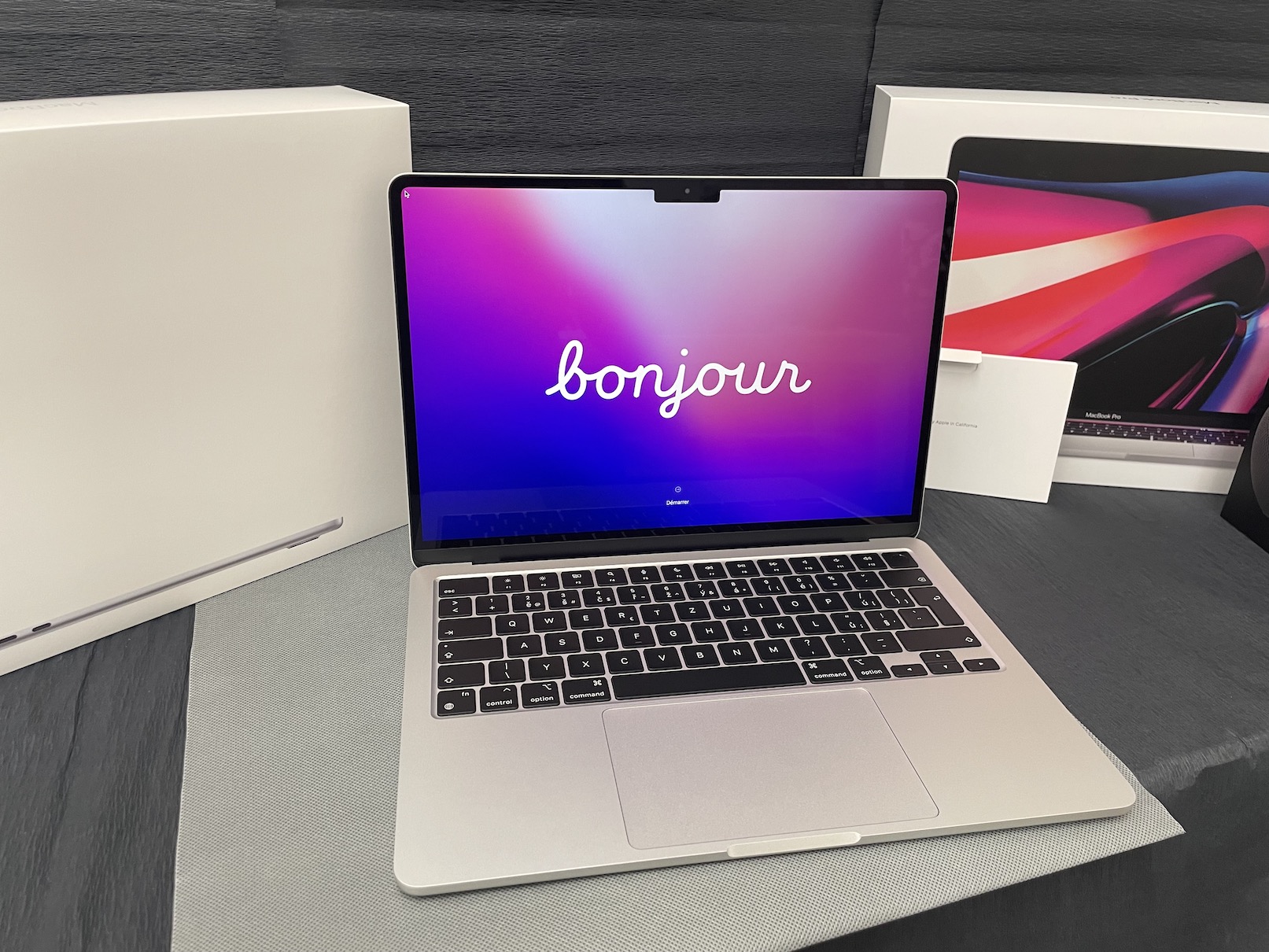

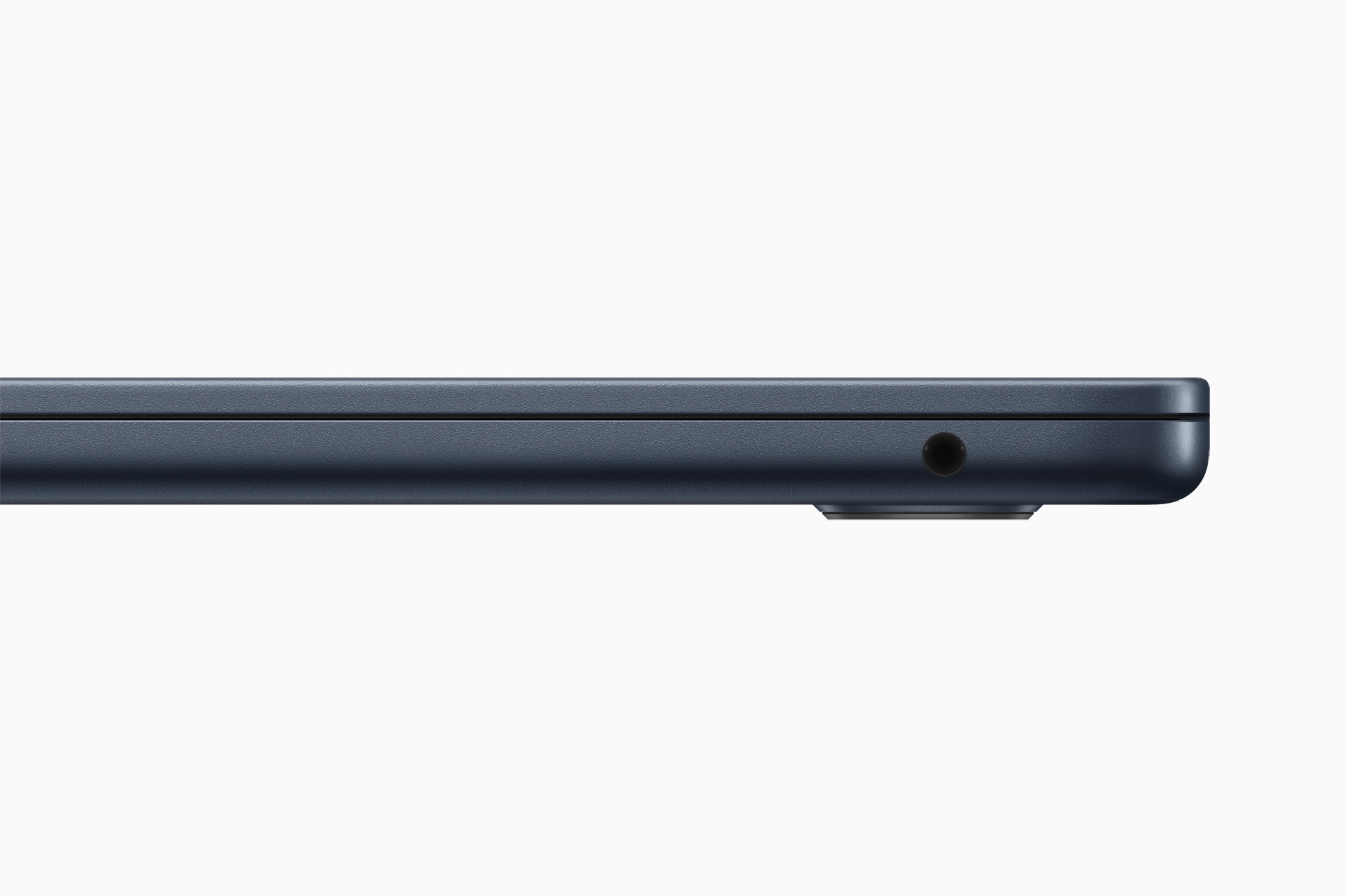
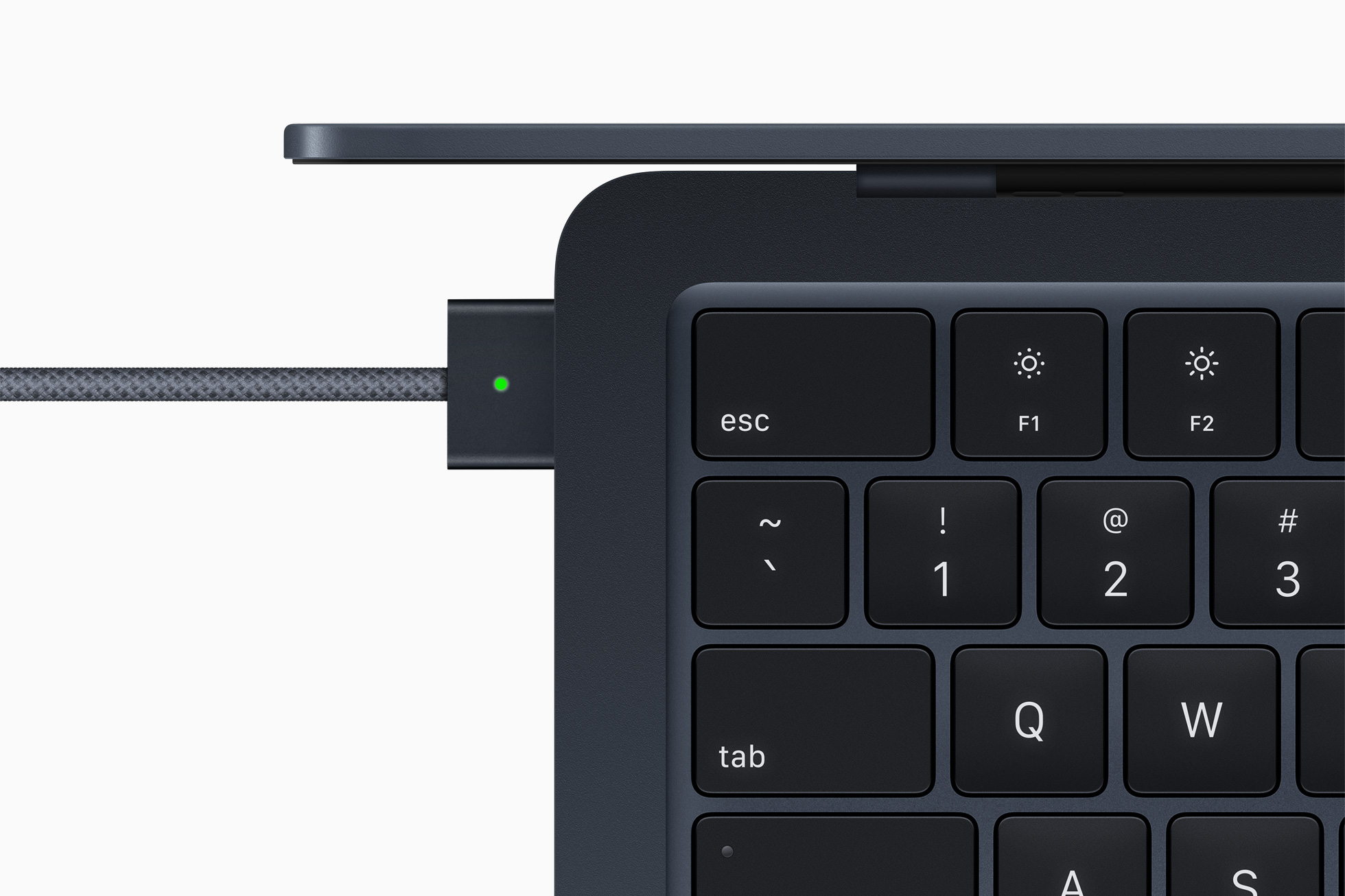
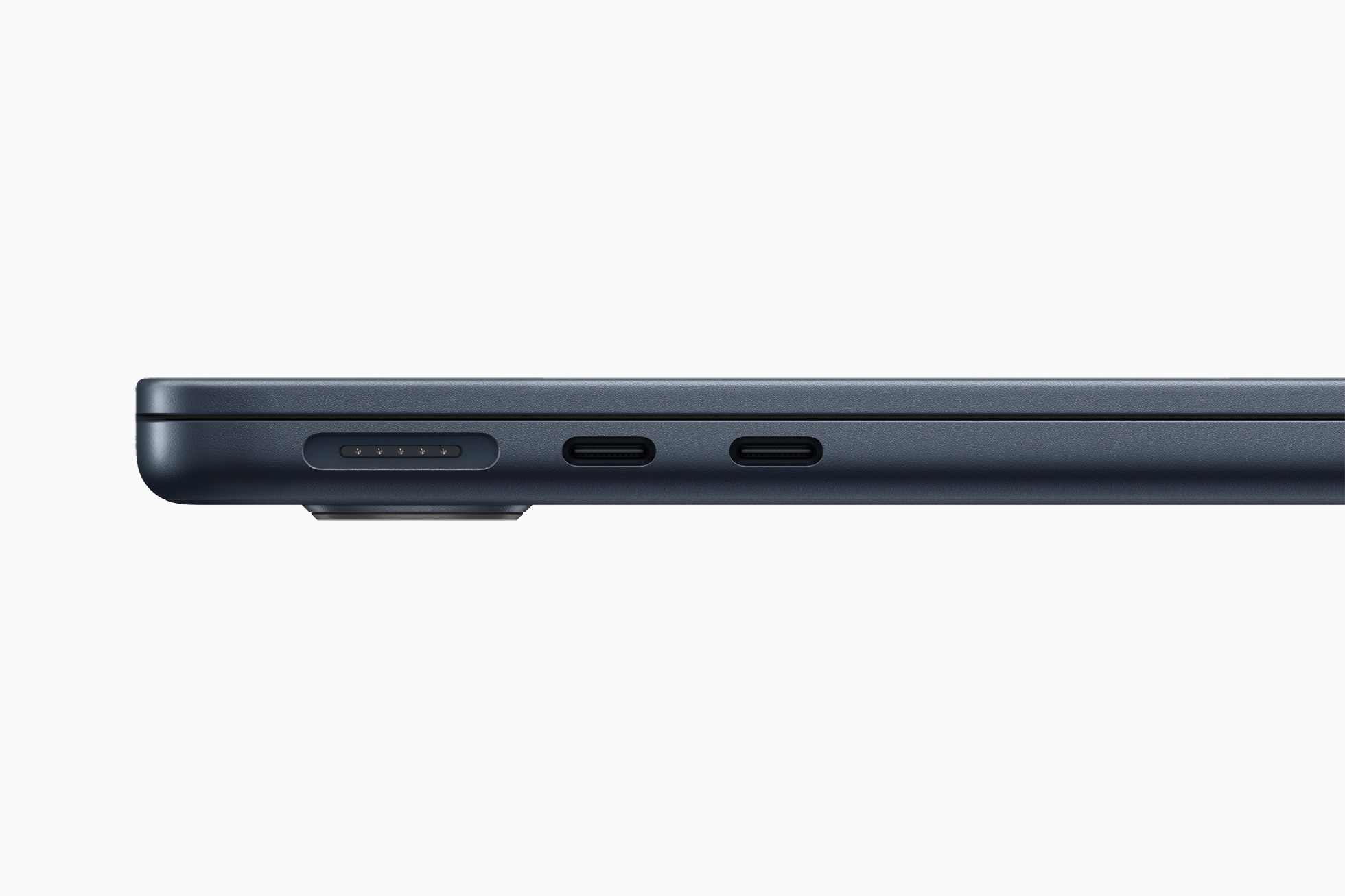

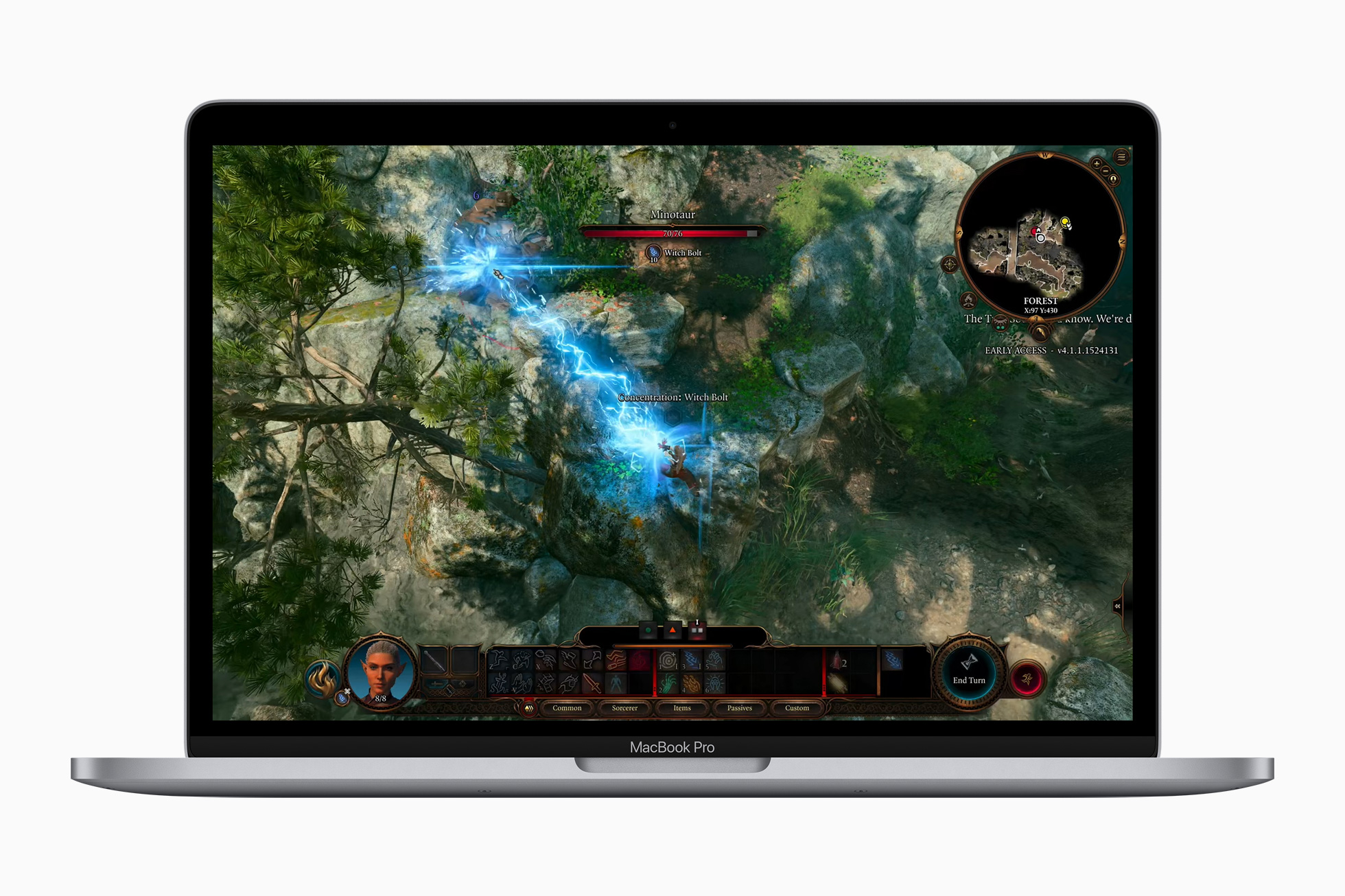
The solution can also be an application to regulate the fan speed. I use it at work on a mac mini and it works great. https://crystalidea.com/macs-fan-control